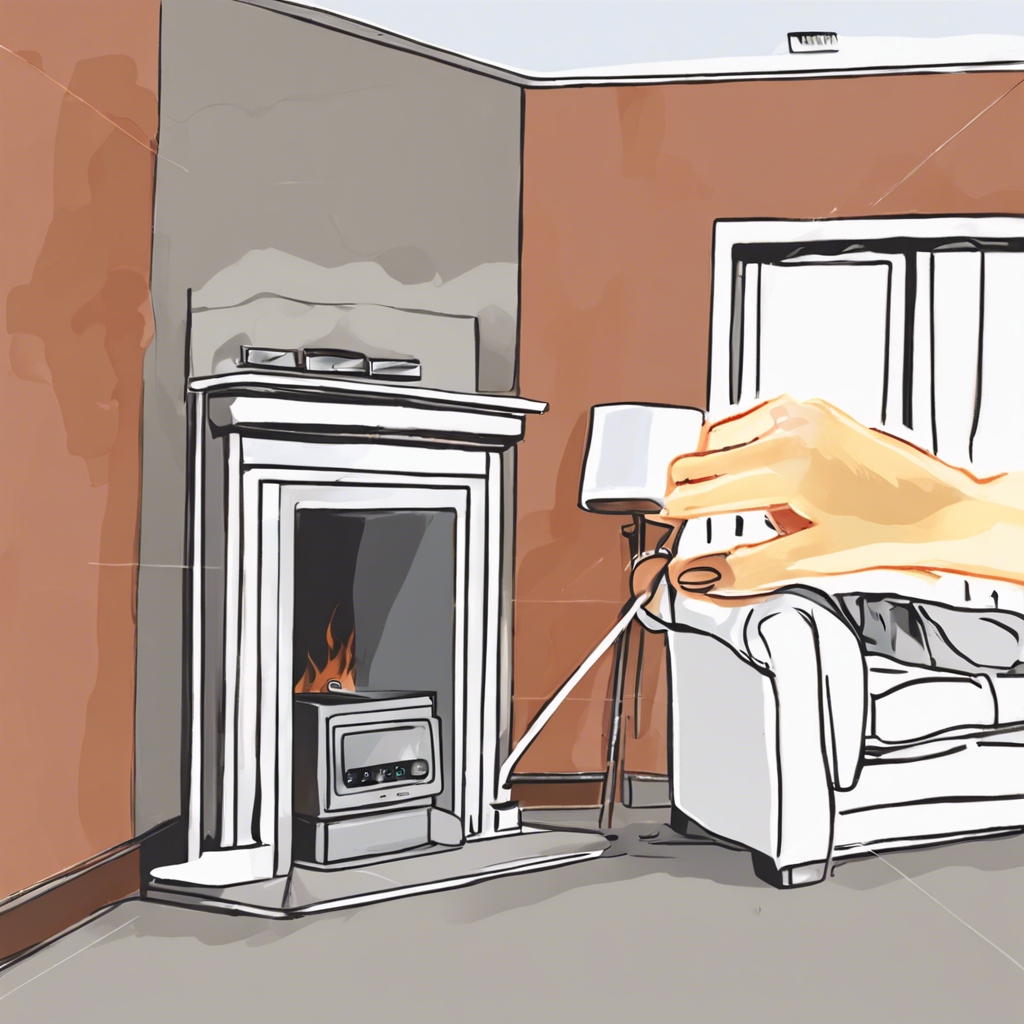Mastering Your Thermostat: Taking Control of Your Home Heating

From battling with outdated control panels to building your own system, here’s how to make your thermostat work for you.
Controlling the temperature of our homes can be a constant struggle, with outdated and confusing thermostats often leaving us feeling helpless. However, there are ways to take charge of your heating system and make it work for you. From understanding the ideal room temperature to exploring innovative solutions, this article will guide you through the process of mastering your thermostat.
Hot Enough for You?
Finding the optimal room temperature and its impact on energy consumption.
When it comes to deciding on the right room temperature, personal preference plays a significant role. While many individuals prefer a cozy environment above 70 degrees Fahrenheit, it’s essential to consider the financial implications of higher temperatures. The World Health Organization recommends a minimum temperature of 18 degrees Celsius (64 to 65 degrees Fahrenheit) for temperate climates. Jo Alsop, founder of The Heating Hub, shares her experience of adjusting to a temperature range of 18 to 18.5 degrees Celsius.
Lowering the room temperature is an effective way to reduce utility bills, according to Katy King from Nesta, a UK-based innovation-focused charity. King’s research compared the potential savings from reducing the thermostat by 1.8 degrees Fahrenheit (from approximately 68 to 66 degrees) with reducing heating time by five hours per week. The findings revealed that the 1.8-degree change could save £100 ($126) annually, whereas reducing heating time only resulted in a £12 saving over the year.
Taking Control: The DIY Approach
Joe Truncale, a customer engineer at Google, found himself frustrated with the complex and inefficient thermostats in his New Jersey home. Determined to regain control, Truncale embarked on a DIY project, ripping out the existing thermostats and creating his own system. He developed a smartphone app and connected a device to his gas furnace, allowing him to remotely control the delivery of hot water to his heaters. Temperature sensors replaced the old thermostats, providing data on room temperature to a central hub. With programming and scheduling, Truncale achieved a system that managed heating automatically, which he named ThermOS.
Truncale’s open-source project, ThermOS, has gained popularity since its launch in February 2021. With no need for code changes in over a year, Truncale’s creation demonstrates the power of taking control and customizing your heating system to suit your needs.
Making the Most of Smart Thermostats
While building your own system may not be feasible for everyone, smart thermostats offer a user-friendly alternative. These devices provide advanced features and convenience, allowing homeowners to optimize their heating systems effortlessly. Smart thermostats can be controlled remotely via smartphone apps, enabling users to adjust temperatures and schedules from anywhere. Additionally, they often include sensors that detect occupancy and adjust heating accordingly, ensuring energy efficiency and comfort.
Conclusion:
Mastering your thermostat is about taking control of your home heating and making it work for you. Whether it’s understanding the ideal room temperature, embarking on a DIY project like Joe Truncale, or utilizing smart thermostats, there are various ways to achieve a personalized and efficient heating system. By implementing these strategies, you can save money, improve comfort, and contribute to a more sustainable future. So, don’t let your thermostat dictate your home’s temperature—take charge and create the perfect environment for you.










